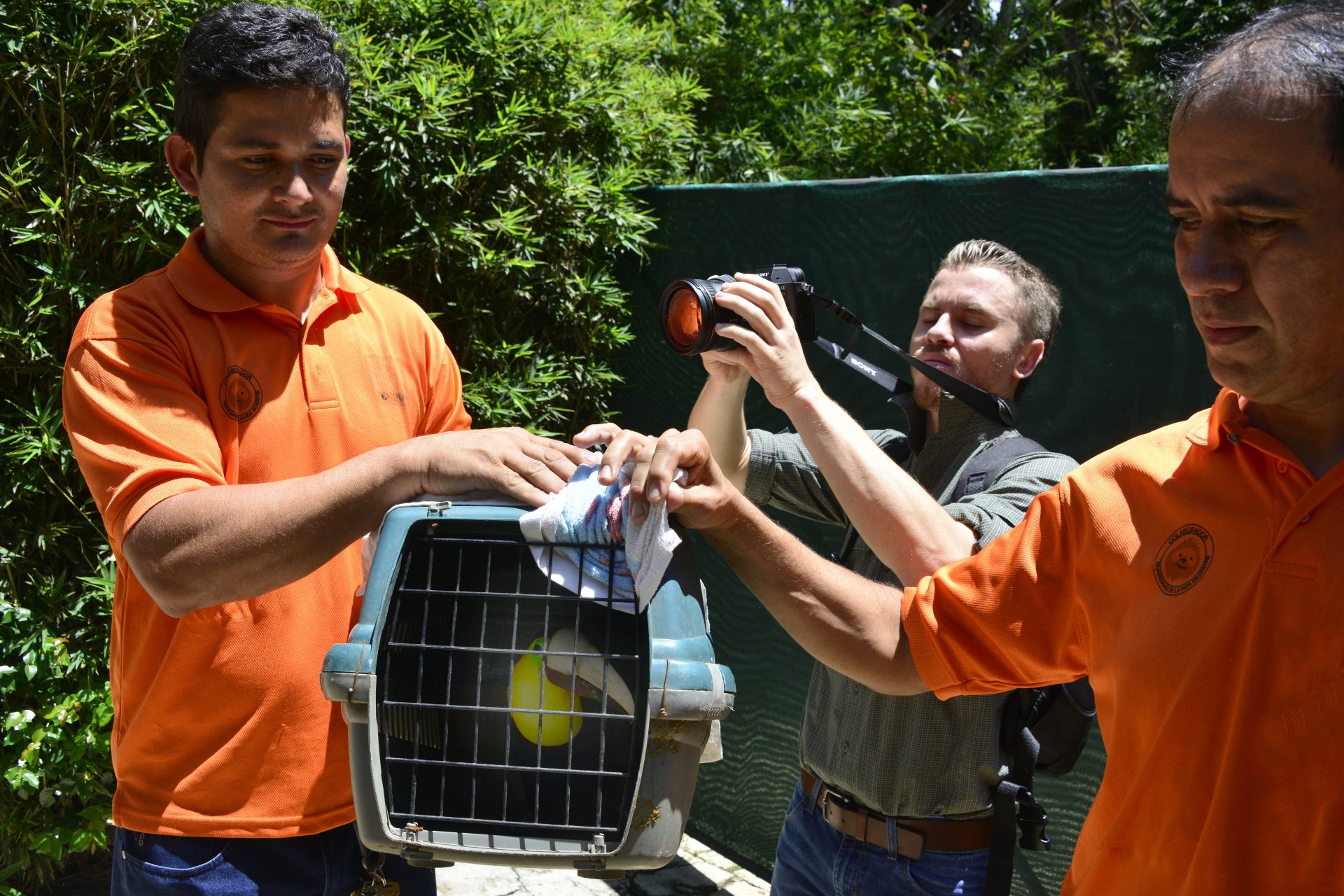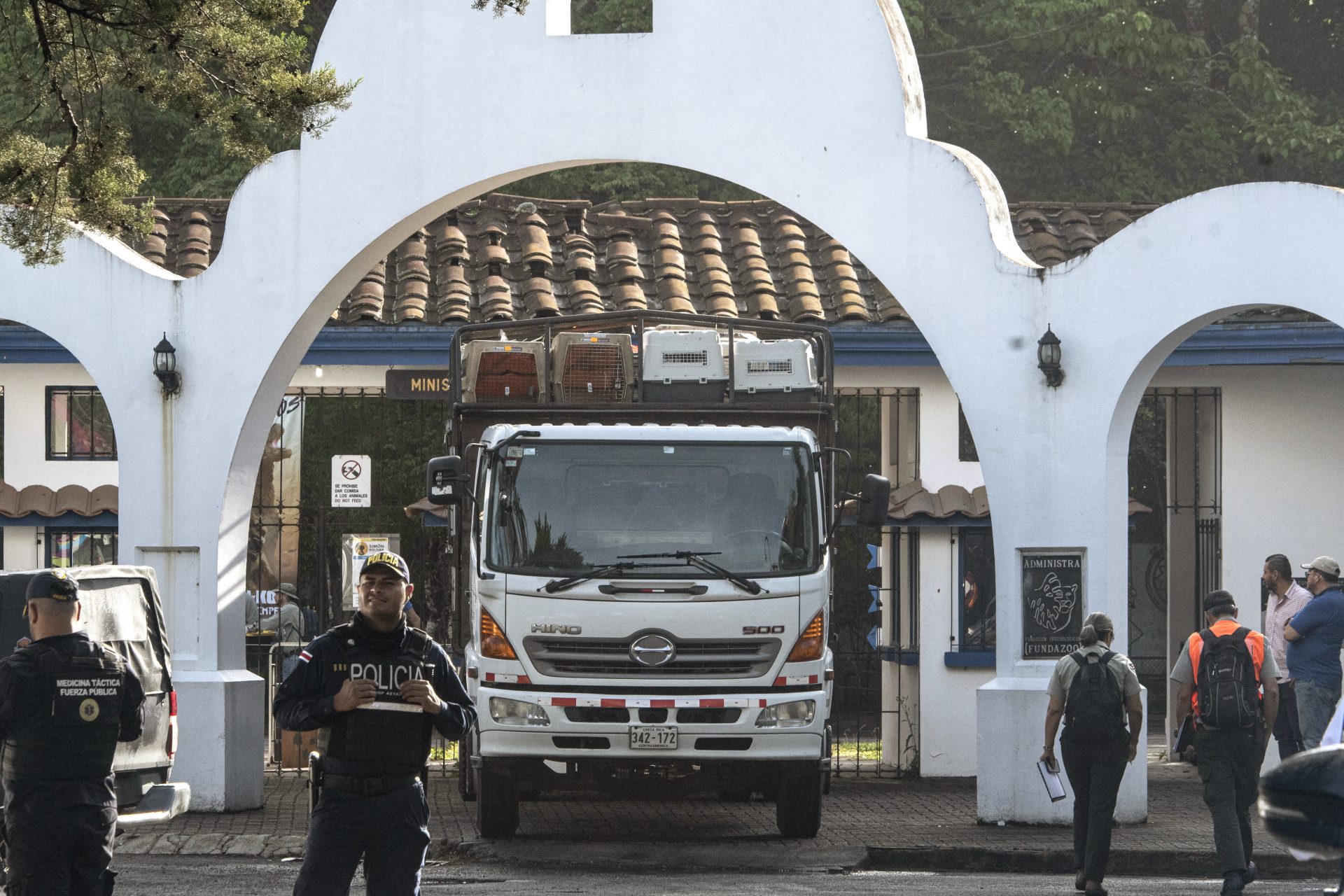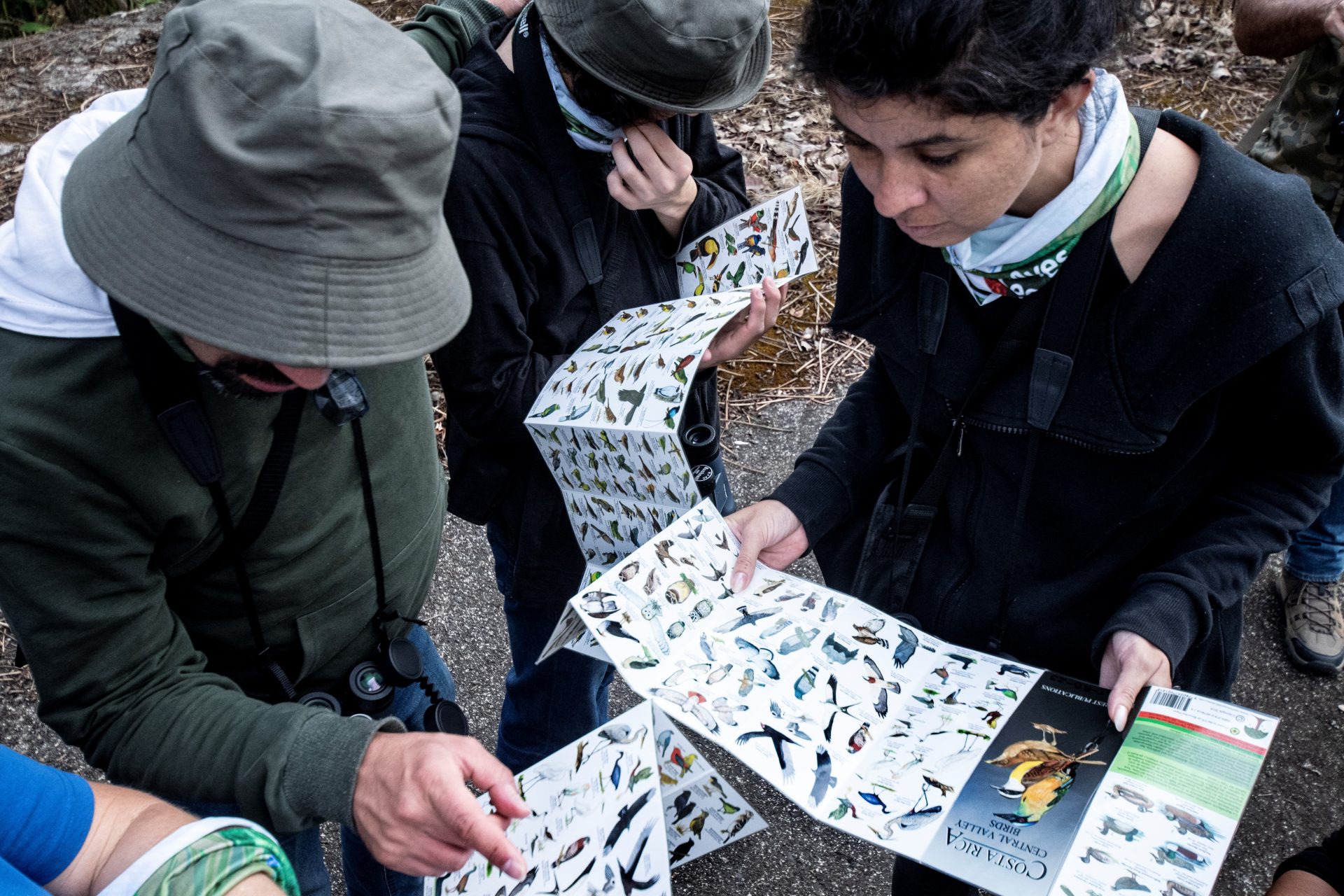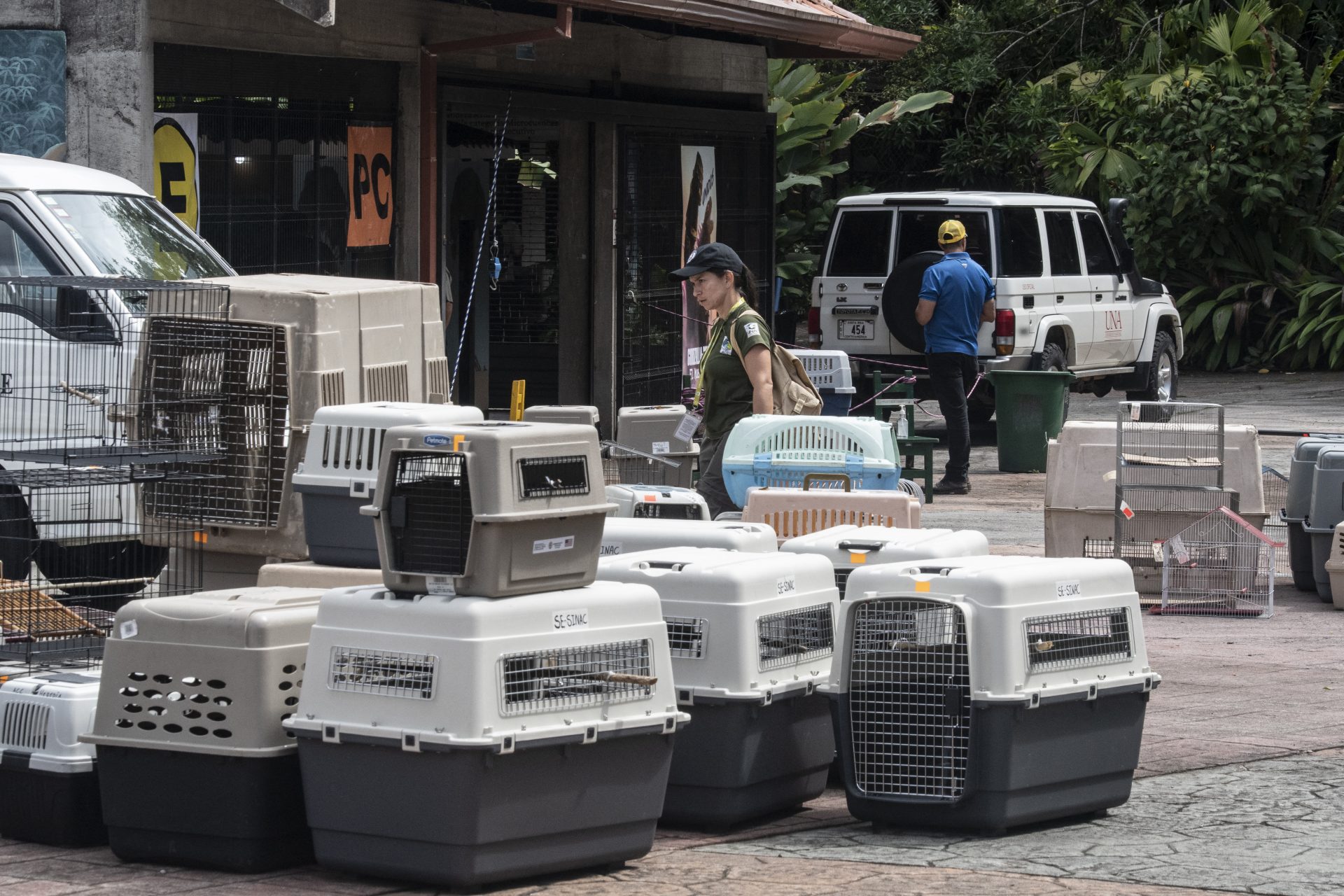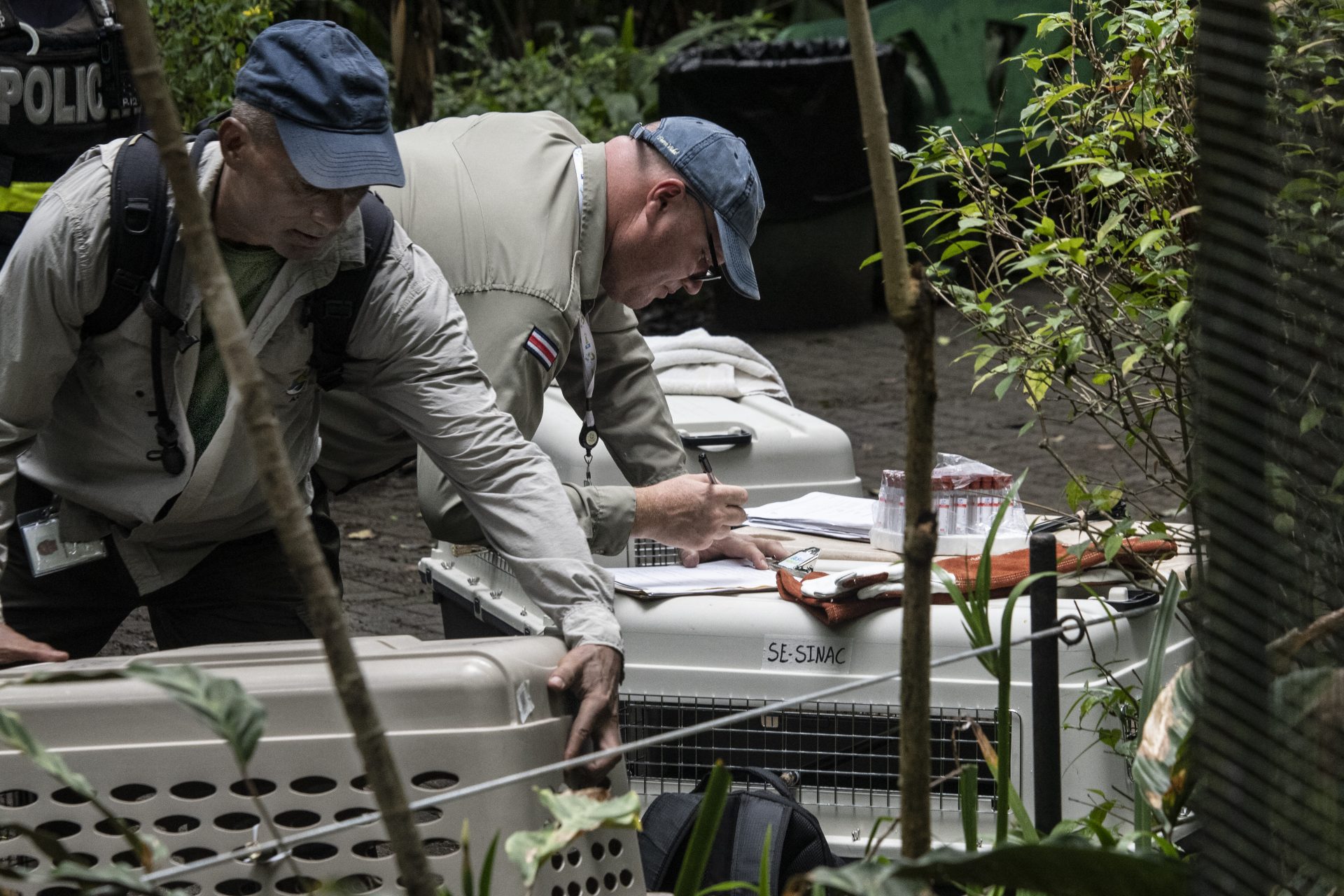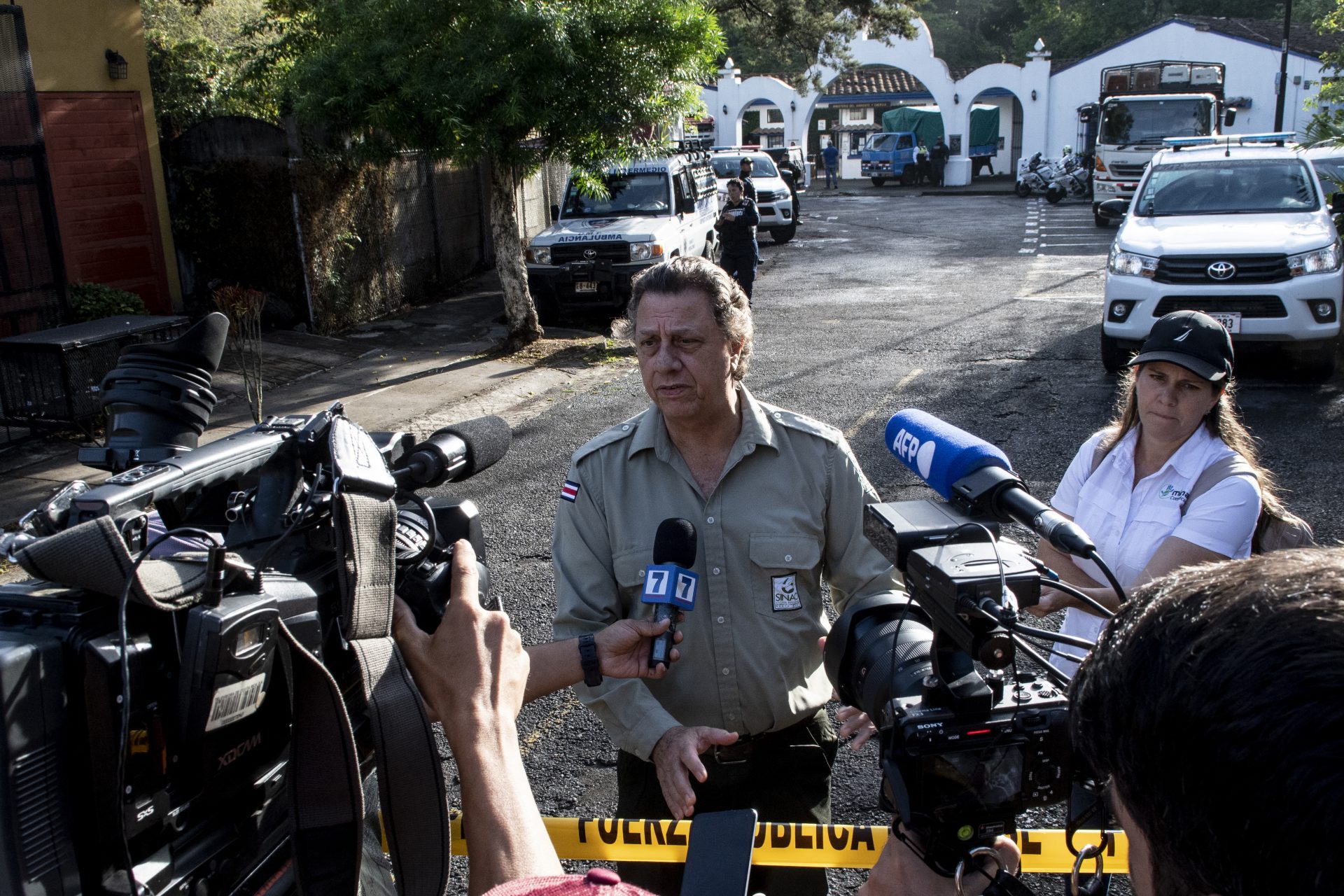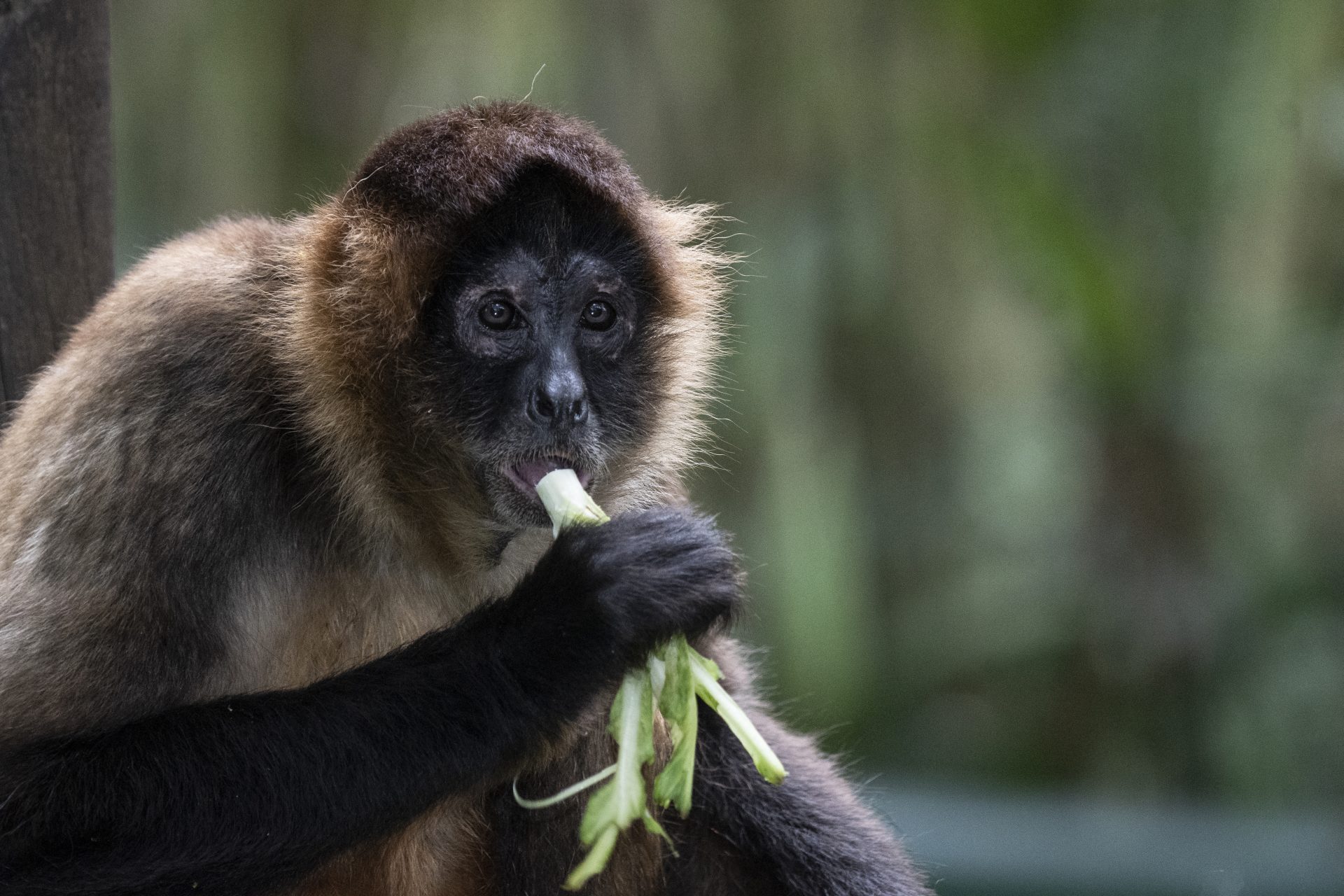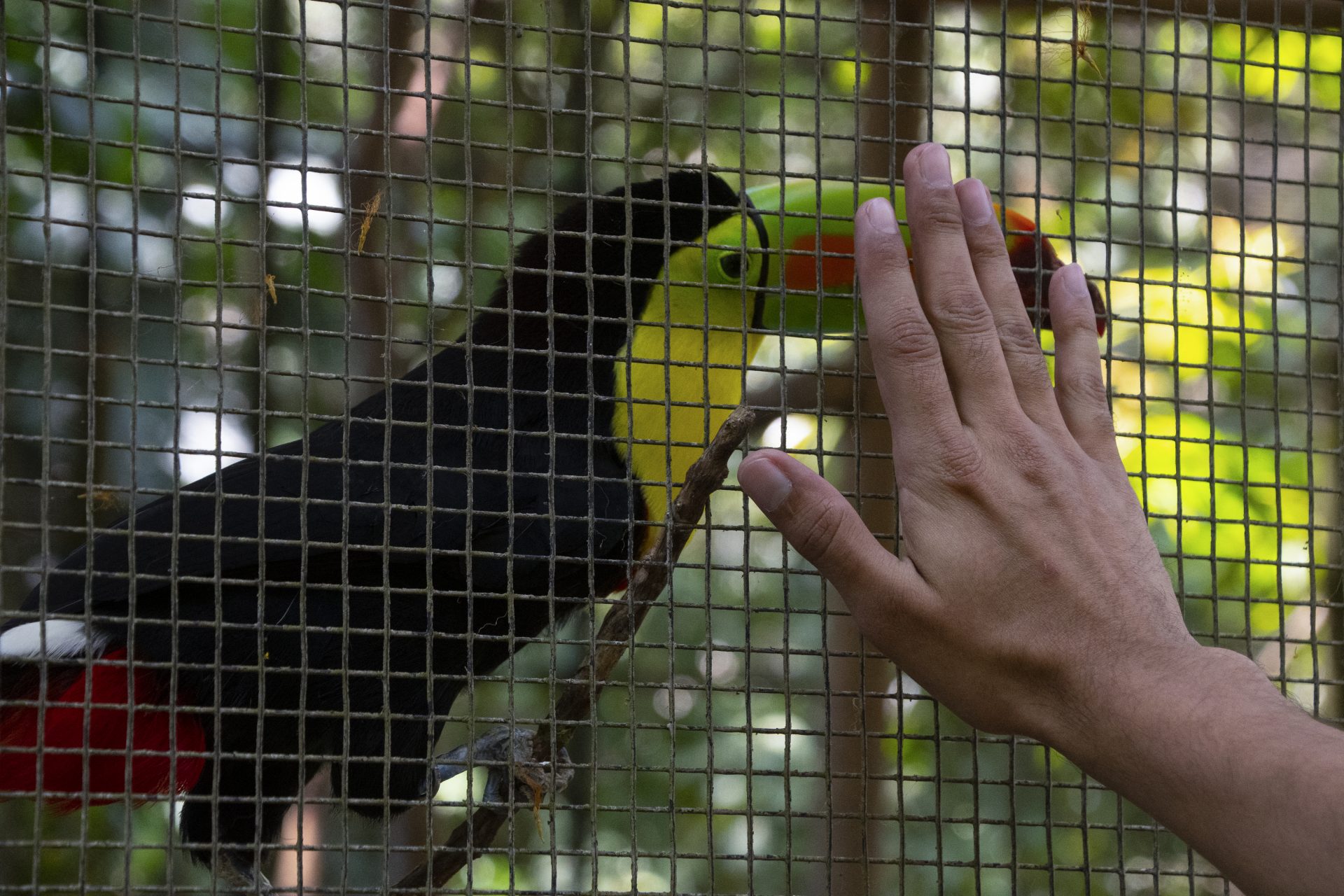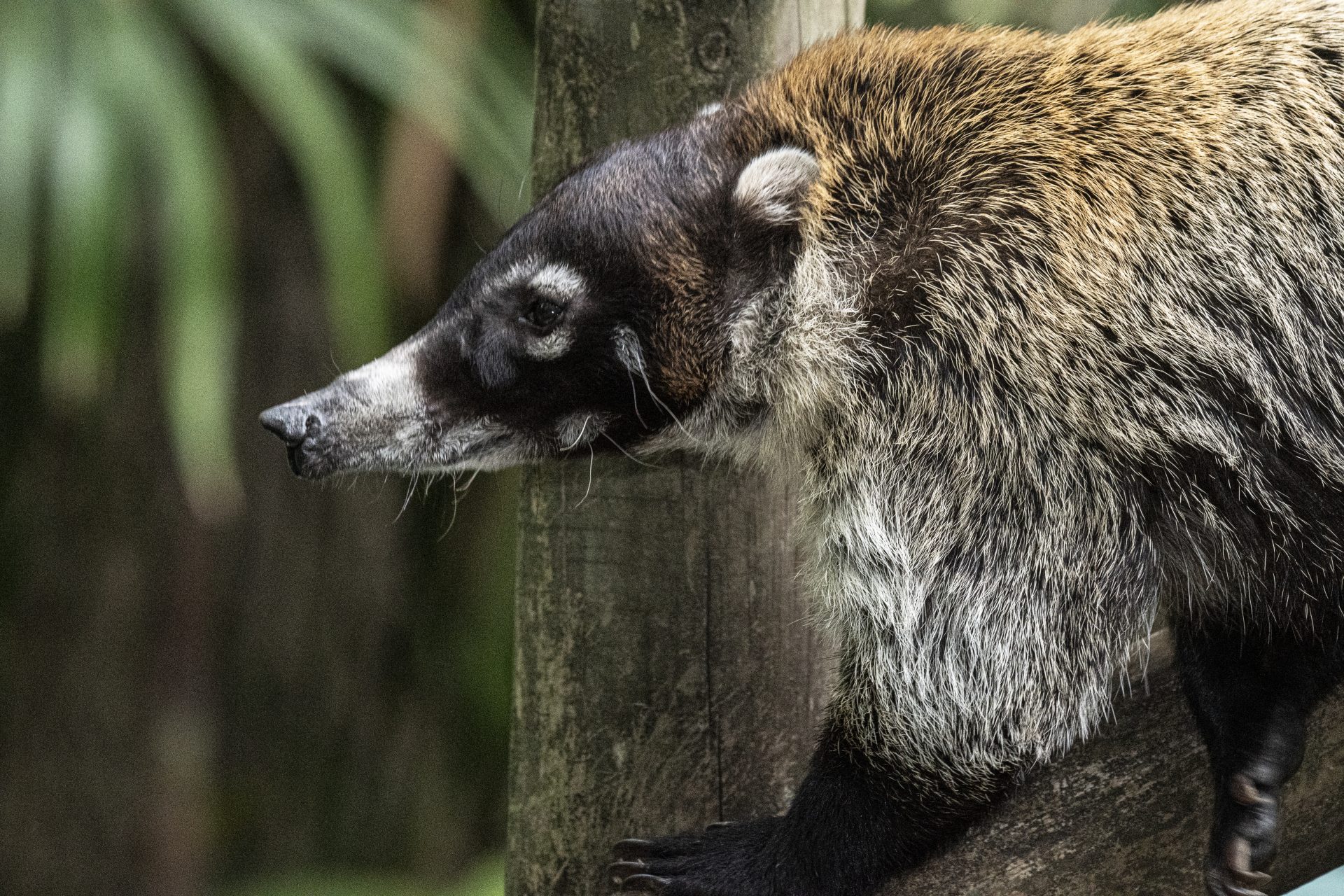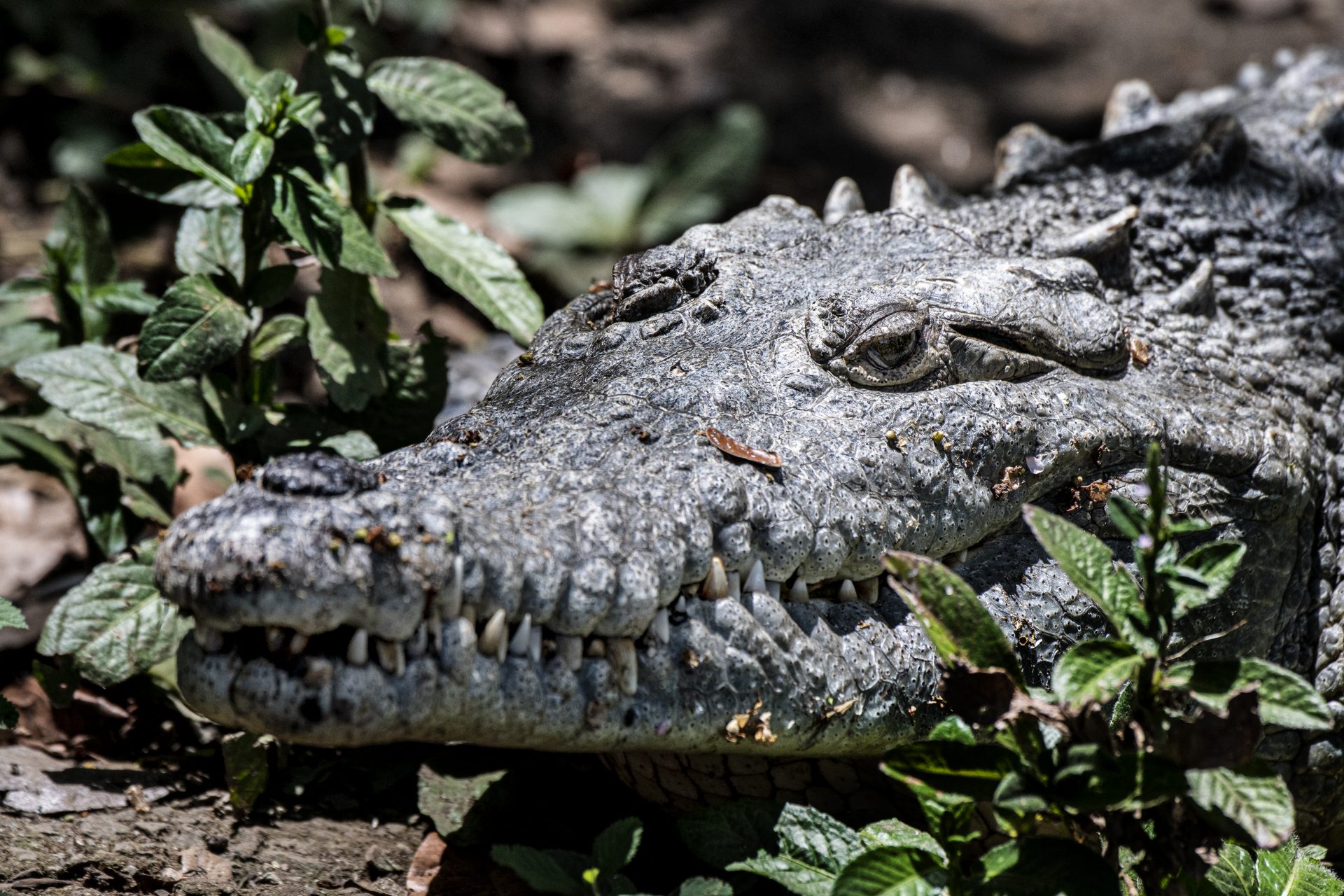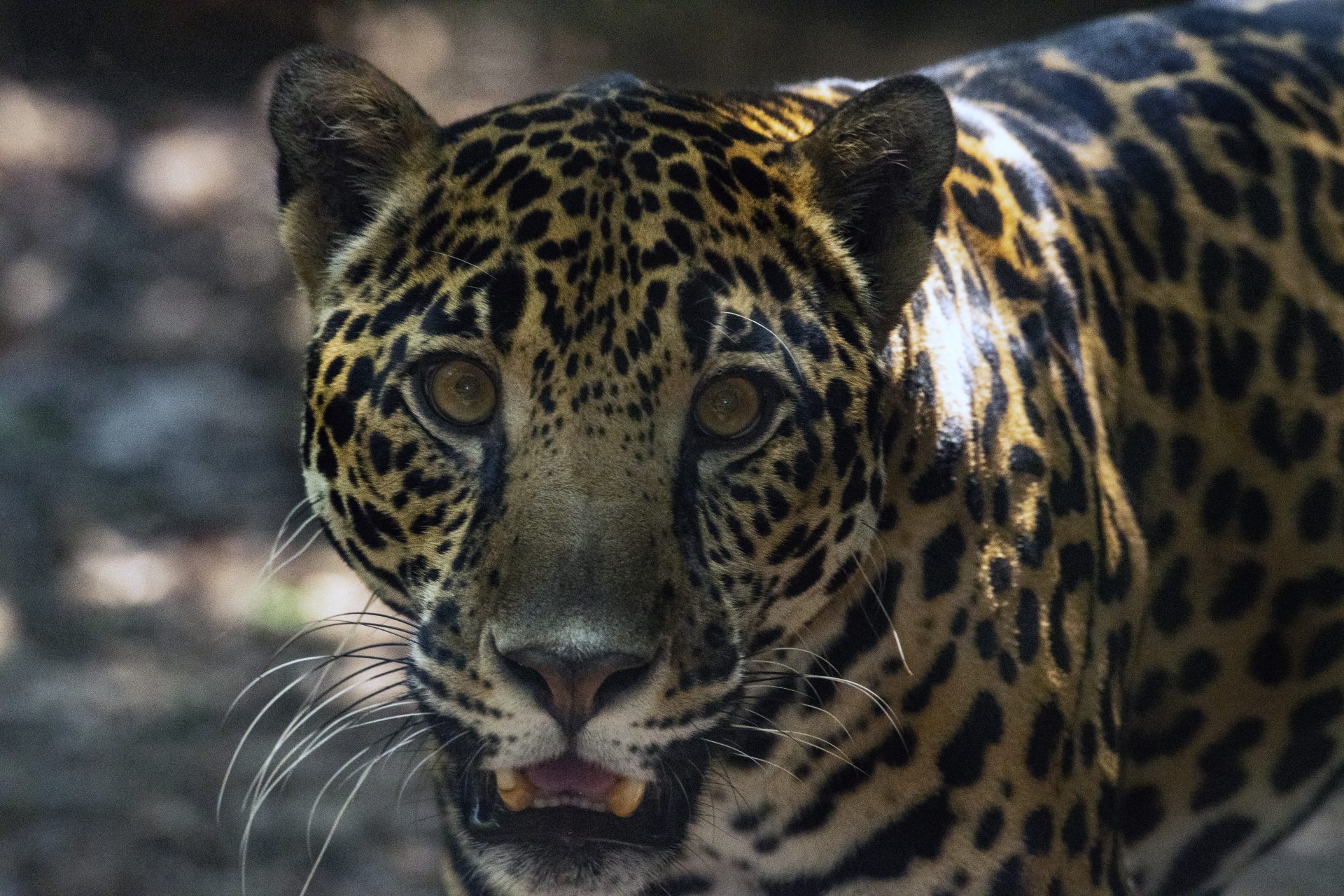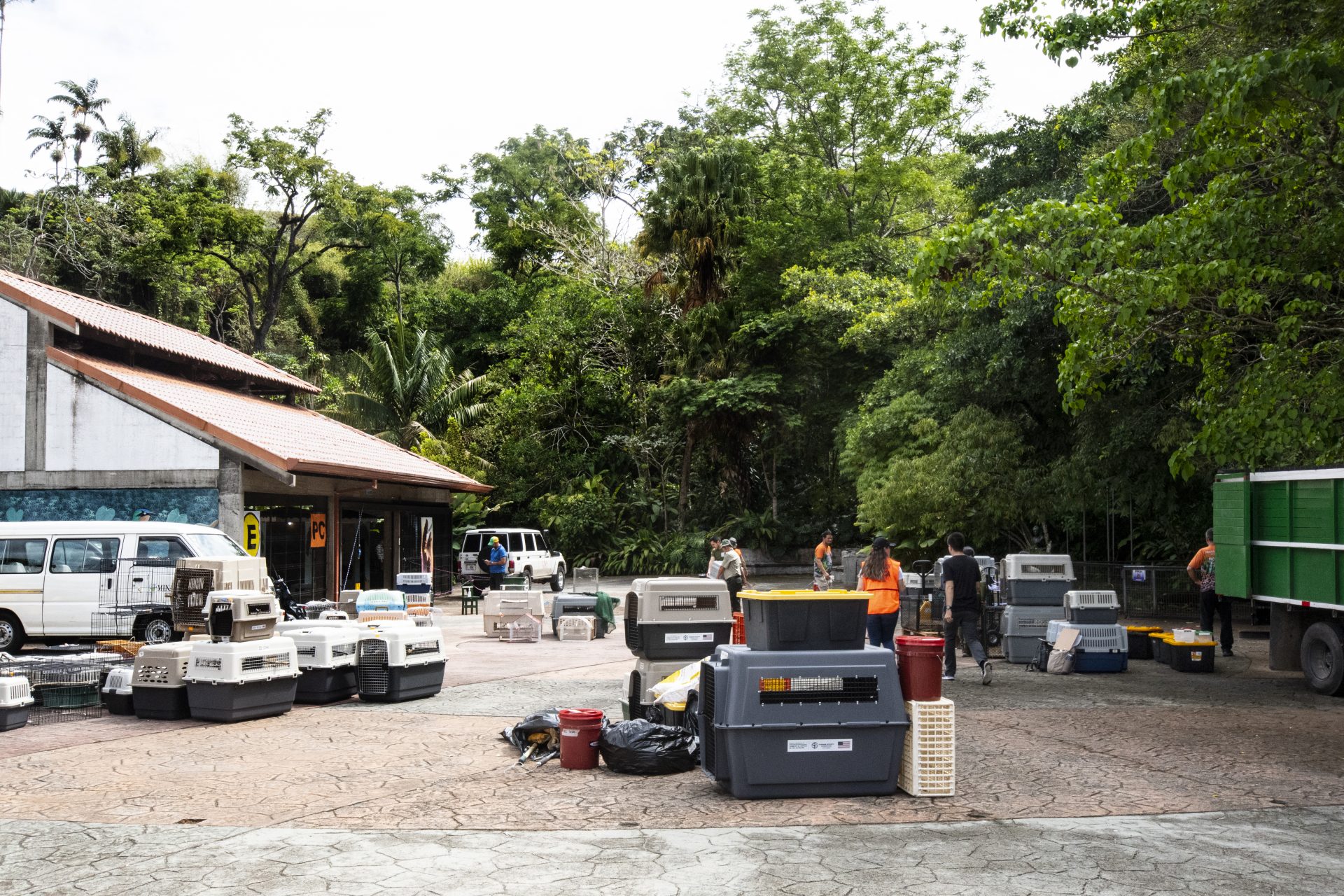Why Costa Rica is closing its zoos
Costa Rica has made history by closing its two state zoos, complying with a law that prohibits government-funded captivity of wild animals. This move, which took more than a decade to come to fruition due to legal challenges, marks a milestone in wildlife protection in the country.
The Simón Bolívar Zoo, with 104 years of history in the Costa Rican capital, and the Santa Ana Conservation Center, located on the outskirts of San José, have closed their doors. This process has had the participation of veterinarians, biologists and other experts from state universities and MINAE.
The closure of public zoos in Costa Rica seeks to improve animal well-being, promote wildlife conservation and encourage environmental education, following international trends in this matter.
State authorities began transferring 287 animals from zoos to a rescue center, where their health will be evaluated to determine the most suitable environment. According to the ministry, some of these animals have been in captivity for more than 30 years.
Biologist José Pablo Vásquez, part of a government team dedicated to supervising conservation efforts, reported that after completing the census of animals removed from zoos, they are being evaluated by multidisciplinary teams of biologists and veterinarians, according to an official statement. .
Franz Tattenbach (pictured), Minister of the Environment and Energy, announced that the animals will undergo a period of quarantine before teams decide whether they can be reintegrated into their natural environment or whether it would be more appropriate to care for them in a sanctuary.
Although more than 180 animals transferred to a shelter center are adapting well, unfortunately the death of six birds and two mammals was reported. MINAE indicated that "the death may be due to the conditions of the animals and their captivity, which can promote a greater predisposition due to the conditions of diet, age and limited space of an enclosure and those of the species," according to the Spanish publication El Diario.
According to Darryl Heard, associate professor of Zoological Medicine at the University of Florida, in some cases it could take years to prepare animals for reintroduction into the wild, and some may be unable to do so. He explained that, having been in captivity, these animals may lack the skills necessary to survive, such as feeding or protecting themselves from predators.
Franz Tattenbach also declared that Costa Rica would move towards the creation of sanctuaries for those animals that cannot be returned to their natural habitat in freedom but where they will live in conditions similar to their habitat, according to an article in the New York Times.
Tattenbach expressed in a video on Facebook: “captivity is only justifiable when animals face physical or behavioral impediments to their reintegration into the forest. This closure reinforces Costa Rica's vision in protecting wildlife."
Alonso Aguirre, dean of the Warner College of Natural Resources at Colorado State University, noted that some animals may face challenges returning to the wild, citing the case of Keiko, the whale in the movie 'Free Willy', who died after being released. Aguirre highlighted that many of these animals are only familiar with life in captivity.
It all started with the approval of the wildlife protection law in 2013, which prohibits the retention of wild animals in captivity.
Costa Rica's state zoos were scheduled to close in 2014, but due to legal challenges filed by FundaZoo, the closure was delayed, according to the FAADA Wildlife Foundation.
Although wildlife advocates in North America have called for the closure of zoos, Heard believes it is a "very complex issue" that should focus on animal conservation. He recognizes the need for improvements, but highlights a positive trend towards solving problems in zoos.
Costa Rica could be a model for other countries seeking to preserve species without turning to zoos, Aguirre said, adding, “we must leave captivity behind.” His statement suggests the country's approach could be a global inspiration toward conservation without confinement.
However, according to a New York Times report, the law does not extend to the 18 private zoos in Costa Rica, as indicated by FAADA. What is the reason behind this exception?
More for you
Top Stories



